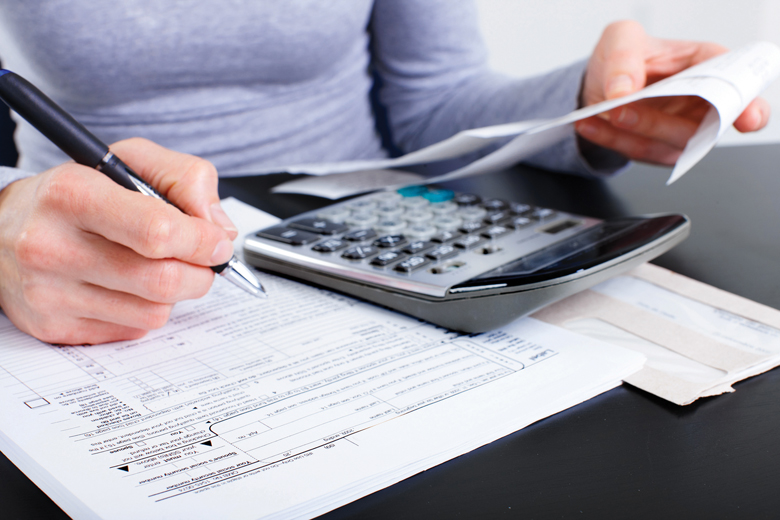News
First Universal Credit payments due since UK lockdown: how much will you get?

The first Universal Credit payments are expected around 22 April for those who applied at the start of the government’s stay-at-home measures. Here are five points to help you understand how much you’ll receive.
Charity Citizens Advice has listed the following five steps to help Universal Credit claimants understand how the benefit is calculated:
1) Look up your standard amount. This varies by age and if you’re making a single or joint claim. A single person aged 25 or over will get £409.89 a month as standard.
2) Add any other amounts (called ‘elements’) that you can claim such as for housing or childcare. How much you’ll receive depends on your circumstances, such as if you have a child born before 6 April 2017, your child element is £281.25 a month.
3) Factor in wages and savings. You’ll receive less Universal Credit if you earn money, have other income or have more than £6,000 in savings.
For each full £1 you earn, your Universal Credit reduces by 63p. However, you may be able to earn a certain amount without it reducing your Universal Credit payment, such as if you’re responsible for a child. This is known as the ‘work allowance’.
4) Take away any other reductions such as where you’re repaying an advance payment (Universal Credit loan payment to help you get by while you wait five weeks for the first payment). Other deductions could include debt on utility bills.
5) Check if the Benefit Cap applies. There is a limit on the amount of benefits you can get, eg if you’re single and live outside of London, it’s £257.69 a week.
Universal Credit can fluctuate from month-to-month
Not only can it be confusing to understand how much Universal Credit you will be paid, it can fluctuate month-to-month, depending on how much you earn.
Citizens Advice gives an example of how the payments can fluctuate for a worker who’s been furloughed:
Zoe, 40, is a single parent to an eight-year-old daughter. She earns £1,200 after tax at the end of each month. She rents their two-bedroom council flat for £450 a month.
On 16 March, she was told she can’t continue to work so she applied for Universal Credit that day.
Her standard allowance is £409.89 and she is entitled to £281.25 child element and £450 housing cost element which comes to a maximum entitlement of £1,141.14 a month. She also receives a £292 work allowance as she has a child but is at the lower rate as her claim includes a housing cost element.
Zoe’s first Universal Credit assessment period was 16 March to 15 April and she was paid £650 from her employer during this time. The first £292 is ignored (as above), leaving £358 which is taken into account. This amount is reduced by 63% which is £225.54 meaning she’s eligible for £915.60 (£1,141.14 – £225.54).
In the second assessment period (16 April to 15 May), Universal Credit is based on her £1,520 earnings, which includes arrears under the Coronavirus Job Retention Scheme. The £292 work allowance means she’s left with £1,228 before it’s reduced by 63% to £773.64. This leaves her with £367.50 Universal Credit paid around 22 May.
In her third assessment period (16 May to 15 June), it’s based on her £1,010 earnings. After the £292 work allowance, she’s left with £718. Her Universal Credit is reduced by 63% which is £452.34. This leaves her with £688.80 Universal Credit to be paid around 22 June.
You can check Citizens Advice Universal Credit calculator here.